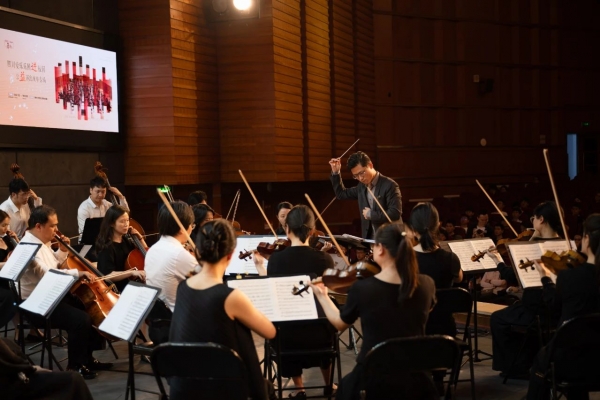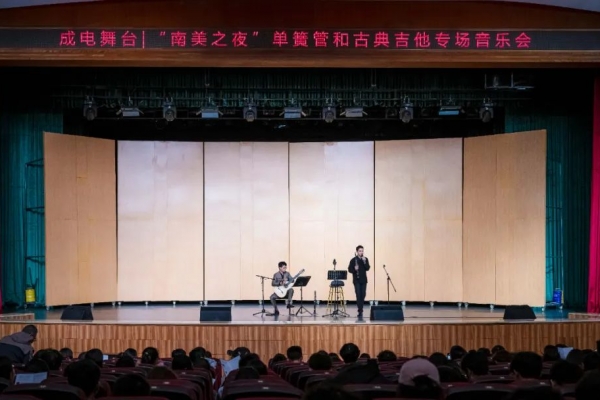即可将网页分享至朋友圈
4月12日,由基础与前沿研究院主办的“基础论坛”163期-168期邀请到国内外知名学者来校作学术交流。具体安排如下,欢迎师生参加。
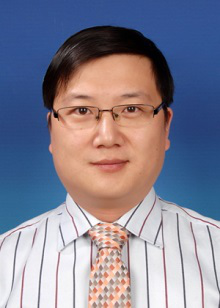
主讲人:孙晓明
主 题:气体超浸润纳米阵列电极
时 间:4月12日(周五) 14:20
地 点:沙河校区 通信楼818室
个人简介:孙晓明,1976年2月生于山东省。1995~2005年于清华大学化学系获本科和博士学位;2005年9月~2008年2月在斯坦福大学化学系从事博士后研究;2008年3月起,任北京化工大学教授、博士生导师。获2007年全国优秀博士学位论文;2011年获国家自然科学基金杰出青年基金资助。现为北京化工大学能源学院常务副院长。
总计发表论文202篇,引用24000余次。其中以第一作者及通讯联系人身份在Nat. Commun., Angew. Chem., JACS, Adv. Mater.等国际材料与化学类主流刊物发表学术论文125篇,总引用10900余次,他引>9000次。申请国家发明专利40项,获授权22项;申请国际专利8项。于2014 - 2017年被Elsevier出版社评为材料学领域的高引用学者,2015-2017年被英国皇家化学会选为top 1%中国高被引学者。受邀担任Science Bulletin杂志副主编和Nano Research等国际刊物编委会成员。
报告摘要:
气体参与的电化学反应可分为气体“析出”和“消耗”两大类。针对性地设计催化位点并改善气体的扩散以有效发挥其作用是提高电催化效率及相应器件性能的关键因素。我们通过微观组成(MoS2, Pt 、Cu、层状双羟基氢氧化物等)的选择和缺陷位的构造,实现了催化本征性能的有效提高。将此类材料构筑为有序微纳结构得到了不同的水下超疏气电极分别用于析氢、析氧、析氮反应等。这类超疏气电极对气体有很小的粘附力,降低了气体从电极表面溢出的阈值,减少了电解质的扩散阻力同时能够很好地保持三相界面的稳定性,对于提高电催化具有重要的意义。与此相对,在气体消耗反应中,通常会面临气体在电解液中的溶解度不够,导致电催化性能不能充分发挥。表面进行疏水修饰以构筑微纳结构“超亲气”电极,使气体能够通过气体扩散层快速到达电极表面,从而提高“耗气”反应的电催化效率。总之,通过微观活性位点设计和电极表面超浸润性调控,有助于实现快速的气体传输以提高电催化的效率和工作稳定性。
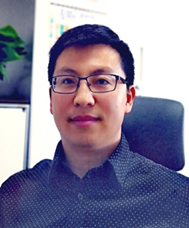
主讲人:唐明学
主 题:锂离子电池微观结构与性能的原位无损核磁共振研究
时 间:4月12日(周五) 14:50
地 点:沙河校区 通信楼818室
个人简介:唐明学博士,北京高压科学研究中心研究员。2006年毕业于浙江大学化学基地班,2009年于中国人民大学获硕士学位,2013年博士毕业于德国帕德博恩大学光电研究中心(CeOPP);2013年5月起先后在欧洲高场核磁共振中心(CRMN,里昂)、阿斯利康研发总部(瑞典)、法国科学院(CNRS,奥尔良&巴黎)、美国国家强磁场实验室(NHMFL,佛罗里达)进行博士后研究;2018年9月起,任北京高压科学研究中心研究员、博士生导师。
唐博士的主要研究领域是拓展高级磁共振方法(NMR/MRI/EPR)以及功能材料:研发多维高分辨核磁共振技术,设计电池等器件的原位磁共振研究以及高压原位表征;部分科研成果已在Nat. Commun., JACS, Angew. Chem., JPCL, CM, JMCA等杂志上发表。
报告摘要:
探索高能量密度、安全性及稳定性的二次电池是能源领域研究热点。深入捕捉和研究电池工作状态下的机理显得尤为重要。开拓发展原位表征技术,能更直观地在线跟踪探索充放电机理,揭示电池工作的动力学和热力学决定因素以及电池失效原因,从而促进电极材料的设计与优化来实现电池性能的改良。固体核磁共振(NMR)具有无破坏性,并且对原子所处环境非常灵敏,从而原位跟踪检测电池材料在工作过程中的变化。根据费米效应、顺磁作用,不同位置Li离子的电化学镶嵌和脱出动态可以用核磁共振检测。此外,结合原位核磁共振成像(MRI)及电子顺磁共振(EPR),能够系统地揭示富锂电极和全固态电池的工作机理。
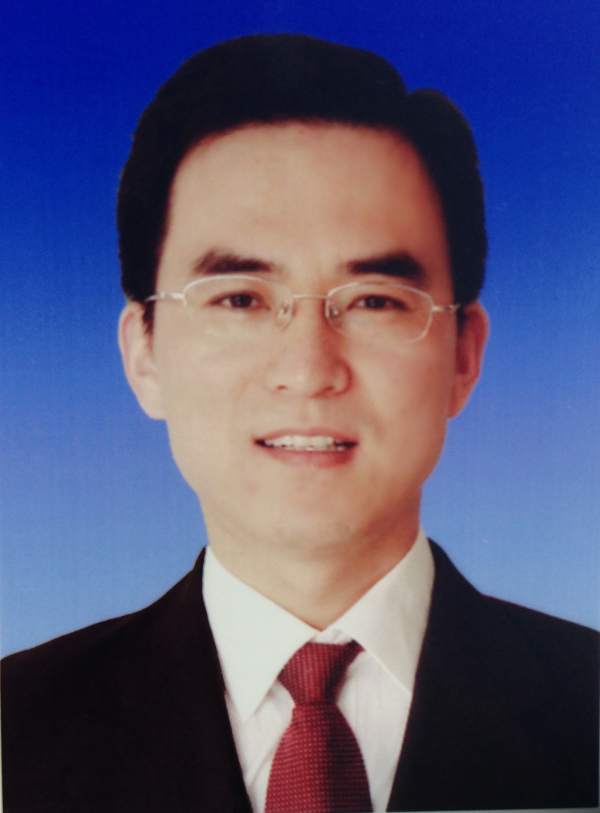
主讲人:潘世烈
主 题:Fluorooxoborates: Novel Candidates for Deep-UV Nonlinear Optical Materials
时 间:4月12日(周五) 15:35
地 点:沙河校区 通信楼818室
个人简介:潘世烈,男,河南省人,理学博士,研究员,博士生导师,国家杰出青年科学基金获得者,国家“万人计划”科技领军人才,科技部“创新人才推进计划”中青年科技领军人才,百千万人才工程国家级人选,国务院特殊津贴专家。中国科学院新疆理化技术研究所副所长,中国科学院“特殊环境功能材料与器件”重点实验室主任。
1996年于郑州大学获得理学学士学位,同年保送郑州大学研究生于1999年获理学硕士学位,2002年7月于中国科学技术大学获理学博士学位,2004年中国科学院理化技术研究所博士后出站后,到美国Northwestern University做博士后研究。2007年6月招聘回国到中国科学院新疆理化技术研究所工作。先后在J. Am. Chem. Soc.; Angew. Chem. Int. Ed.等刊物上发表SCI论文370余篇,其中,J. Am. Chem. Soc.文章共14篇,Angew. Chem. Int. Ed.文章共8篇, Nat. Commun.共1篇。授权美国发明专利9项,授权中国发明专利67项。
报告摘要:
The ever-growing application of deep-ultraviolet (deep-UV, λ < 200 nm) nonlinear optical (NLO) materials in various fields requires searching for candidates to generate the deep-UV lasers through direct second-harmonic generation (SHG) method. Among them, fluorooxoborates, benefiting from the large optical band gap, high anisotropy and ever-greater possibility to form non-centrosymmetric structures activated by the large polarization of the functionalized [BOxF4-x](x+1)- (x =1, 2 and 3) building blocks, have been considered as the new fertile fields for searching the deep-UV NLO materials.1,2 Two series of fluorooxoborates AB4O6F (A = NH4, Na, Rb, Cs, K/Cs and Rb/Cs)3-6 and MB5O7F3 (M = Ca and Sr)7,8 were rationally designed and synthesized, which not only inherit the favorable structural characteristics of KBBF, but also possess superior optical properties. Property characterizations reveal that these two series possess the optical properties (deep-UV cutoff edges, large SHG responses, improved growth habit and also large birefringence to ensure the phase matching behavior in the deep-UV spectral region, etc.) required for the deep-UV NLO applications, which make them potential candidates to produce the deep-UV coherent light by the direct SHG process.
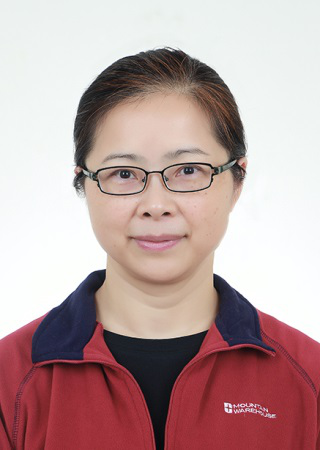
主讲人:余睽
主 题:On the Exploration of the Pre-nucleation Stage of the Formation of Colloidal Semiconductor Quantum Dots
时 间:4月12日(周五) 16:05
地 点:沙河校区 通信楼818室
个人简介:Prof. Kui Yu joined Sichuan University in 2014 with a Yangtze River Scholarship chair position, awarded from the Ministry of Education, P. R. China. Dr. Yu services as Executive Editor for ACS Applied Materials & Interfaces. Dr. Yu earned her Ph.D. from Department of Chemistry, McGill University (Canada) and went to Sandia National Laboratories (USA) as a post-doc fellow and a limited term employee. Dr. Yu joined National Research Council Canada (NRC) in Ottawa in 2002 as an Assistant Research Officer and became Associate and then Senior Research Officer. Since 2002, she started her independent research career, focusing on the research field of colloidal photo-luminescent semiconductor quantum dots (QDs).
报告摘要:
A worldwide interest in the development of colloidal semiconductor nanocrystals (NCs) has been witnessed in the last thirty years, particially due to their promising energy-related applications, such as light emitting diodes (LEDs) and solar cells. With significant efforts made to improve their syntheses and applications, NC synthesis has been performed as an empirical art, lacking of fundamental understanding of the pre-nucleation stage also called the induction period. Colloidal semiconductor magic-sized clusters (MSCs) have been reported to be a side product of the production of quantum dots (QDs). Meanwhile, their growth relationship has been addressed only in a limited fashion, without consensus reached in the literature. Here, I will present our latest advances towards the fundamental understanding of their formation pathways, using cadmium sulfide (CdS) as a model system. We propose that there are two individual pathways in the prenucleation stage of the formation of QDs. One can be described by the LaMer model of the classical nucleation theory (CNT), the other by the self-assembly of the Cd and S precursors which results in the formation of MSCs. The two pathways are linked also. Based on the two-pathway model (Yu) proposed, I will introduce our latest advances on the synthesis of photoluminescent CdSe helical nanostructures. Our present study brings deeper insights in the prenucleation stage of QDs and moves one step forward towards mechanism-enabled design and synthesis of NCs.
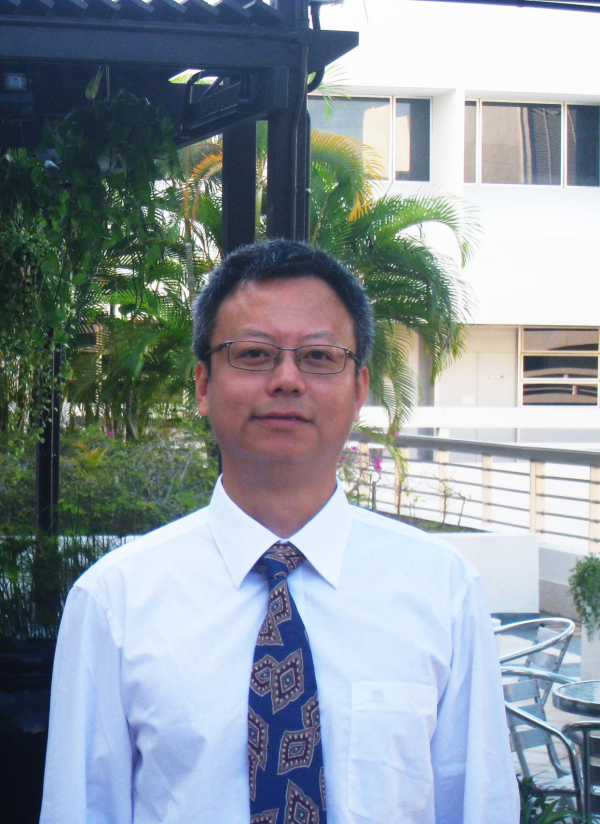
主讲人:张华
主 题:Phase Engineering of Novel Nanomaterials
时 间:4月12日(周五) 下午16:35
地 点:沙河校区 通信楼818室
个人简介:Dr. Hua Zhang obtained his B.S. and M.S. degrees at Nanjing University in China in 1992 and 1995, respectively, and completed his Ph.D. with Prof. Zhongfan Liu at Peking University in China in July 1998. He joined Prof. Frans C. De Schryver’s group at Katholieke Universiteit Leuven (KULeuven) in Belgium as a Research Associate in January 1999. Then he moved to Prof. Chad A. Mirkin’s group at Northwestern University as a Postdoctoral Fellow in July 2001. He started to work at NanoInk Inc. (USA) as a Research Scientist/Chemist in August 2003. After that, he worked as a Senior Research Scientist at Institute of Bioengineering and Nanotechnology in Singapore from November 2005 to July 2006. Then he joined the School of Materials Science and Engineering in Nanyang Technological University (NTU) as an Assistant Professor. He was promoted to a tenured Associate Professor on March 1, 2011, and Full Professor on Sept. 1, 2013. In 2019, he joined the Department of Chemistry, City University of Hong Kong as a Chair Professor
报告摘要:
In this talk, I will summarize the recent research on the phase engineering of nanomaterials in my group. It includes the first-time synthesis of hexagonal-close packed (hcp) Au nanosheets (AuSSs) on graphene oxide, the first-time synthesis of 4H hexagonal phase Au nanoribbons (NRBs), the synthesis of crystal-phase heterostructured 4H/fcc Au nanorods, the epitaxial growth of metals with novel phases on the aforementioned Au nanostructures, and the synthesis of amorphous/ crystalline hetero-phase Pd nanosheets. In addition, the first-time synthesis of 1T'-MoS2 and 1T'-MoSe2 crystals have been achieved. Moreover, the phase transformation of transition metal dichalcogenide nanomaterials during our developed electrochemical Li-intercalation method will also be introduced. Interestingly, the lithiation-induced amorphization of Pd3P2S8 is also achieved. Currently, my group focuses on the (crystal) phase-based properties and applications in catalysis, surface enhanced Raman scattering, waveguide, photothermal therapy, chemical and biosensing, clean energy etc., which we believe are quite unique and very important not only in fundamental studies, but also in practical applications. Importantly, the concepts of crystal-phase heterostructures and hetero-phase nanomaterials are proposed.
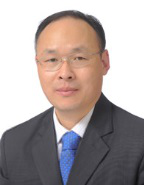 主讲人:薛冬峰
主讲人:薛冬峰
主 题:稀土资源利用的高质量发展
时 间:4月12日(周五) 17:05
地 点:沙河校区 通信楼818室
个人简介:薛冬峰研究员,1968年生于河南省。2015年5月至今任稀土资源利用国家重点实验室主任,2017年10月至今任副所长。1993年7月毕业于河南大学,1998年7月于中科院长春应化所获无机化学博士学位。此后,分别在德国奥斯纳布吕克大学、加拿大渥太华大学、日本国立材料科学研究所做博士后。2003年8月应聘到大连理工大学工作,2011年2月应聘到中科院长春应化所。2011年获国家杰出青年科学基金资助,结题评为优秀。2012年获中科院“百人计划”择优支持,终期评估优秀。2014-2018年连续入选Elsevier中国高被引学者榜单。2016年入选国家“万人计划”科技创新领军人才。2016年起享受国务院政府特殊津贴。2017年受聘国家新材料产业发展专家咨询委员会委员。2018年入选英国皇家化学会会士。
主要从事稀土功能材料研究。提出了结晶生长的化学键合新思想,探索了不同尺度下无机材料在生长过程中的介尺度结晶热力学和动力学,研发了公斤级大尺寸、高质量稀土晶体的稳定快速生长技术。提出了组成元素晶相金属电负性、离子电负性、共价电负性、键电负性标度和溶液相的电负性标度,强化了原子水平上新型无机材料的相组成计算与预测研究。建立了胶体离子超级电容器电极材料新体系,极大提高了电极材料的电化学活性和利用率。在Chem. Soc. Rev., J. Am. Chem. Soc., Adv. Mater., Adv. Energy Mater., Phys. Rev. Lett.等期刊上发表论文500余篇,论文被他人正面引用10000余次;撰写专著3部、译著1部。曾获1998年中国科学院研究生院长奖学金特别奖、2000年全国优秀博士学位论文、2009年中国建筑材料科学技术奖二等奖、2010年中国颗粒学会青年颗粒学奖、2011年ISFM功能材料进展杰出科学家奖、2018年中国颗粒学会自然科学奖一等奖。目前兼任中国稀土学会副理事长,还兼任CrystEngComm, Science China-Technological Sciences, Journal of Rare Earths, Materials Research Bulletin,《应用化学》、《无机化学学报》等10余种学术期刊编委。
报告摘要:
在我国新兴战略性关键矿产分类中,稀土是能够调控国际市场的优势矿产。我国稀土工业当前的重要任务是实施集团化、清洁化、高端化发展策略,稀土新材料及应用是实现我国稀土资源平衡利用和高端化利用的关键。稀土新材料及应用的关键科学问题是利用稀土离子4f轨道成键特性与规律发掘稀土新材料宝库;基于稀土材料的多尺度设计、制备及应用来高效实现稀土资源的清洁化、高端化利用。这里,将突出展现近年来国际上在稀土资源高质量利用方面所取得的创新性研发成果。
基础与前沿研究院
2019年4月10日
编辑:助理编辑 / 审核:王晓刚 / 发布:陈伟
